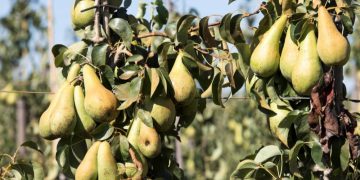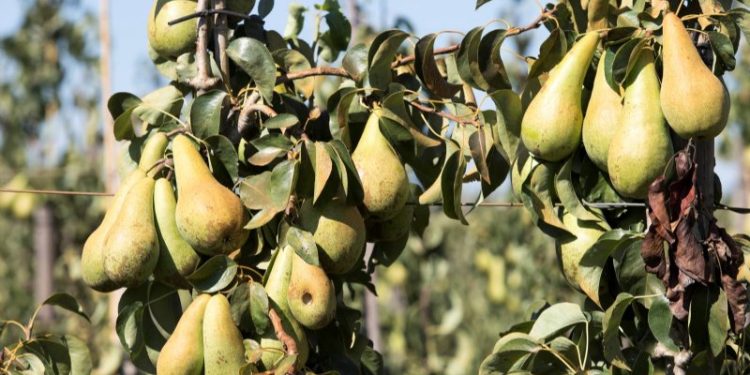This article addresses the alarming increase in fauna damage within the fruit cultivation sector. Based on the latest data from Nieuwe Oogst, a reliable agricultural source, we delve into the challenges faced by farmers and fruit growers due to escalating wildlife-related crop losses. Explore the implications of this trend for farmers, agronomists, agricultural engineers, farm owners, and scientists, and discover potential strategies to mitigate fauna damage and protect fruit yields.
The fruit cultivation sector is grappling with a significant surge in fauna damage, as reported by Nieuwe Oogst [1]. Wildlife, including birds, deer, and insects, is causing escalating crop losses, posing a major concern for farmers and fruit growers across the industry.
Birds, such as starlings and blackbirds, are notorious for feeding on ripe fruits, resulting in substantial yield reductions and financial losses. Additionally, deer populations have been increasing, leading to browsing damage on fruit trees and vines, impacting overall orchard productivity. Insect pests, like codling moths and cherry fruit flies, further exacerbate the issue by causing damage to fruit crops.
The rise in fauna damage necessitates effective strategies to protect fruit yields. Farmers and fruit growers employ various tactics to mitigate these challenges, including the use of netting, scare devices, and targeted pest control methods. Integrated pest management (IPM) practices, which involve a combination of cultural, biological, and chemical control measures, play a crucial role in minimizing wildlife-related crop losses while ensuring environmental sustainability.
Collaboration between farmers, researchers, and agricultural advisors is essential in developing innovative solutions for fauna damage management. Ongoing research focuses on identifying effective deterrents, understanding wildlife behavior, and developing sustainable approaches to preserve fruit quality and quantity. This interdisciplinary approach enables the implementation of proactive measures tailored to specific wildlife species and local conditions.
It is important for the fruit cultivation sector to stay vigilant and adapt to the evolving challenges posed by fauna damage. By implementing integrated strategies and fostering knowledge sharing, farmers and agricultural professionals can minimize losses, safeguard fruit production, and maintain the economic viability of the industry.
In conclusion, the increasing incidence of fauna damage in fruit cultivation calls for concerted efforts to protect crops and sustain fruit yields. By employing a combination of preventive measures, targeted pest control, and ongoing research, farmers can effectively manage wildlife-related challenges and ensure the long-term viability of fruit production.
Tags: Agriculture, Fruit Cultivation, Fauna Damage, Wildlife-related Crop Losses, Bird Damage, Deer Browsing, Insect Pests, Integrated Pest Management (IPM), Crop Protection, Sustainable Farming.
Reference:
- Source: [Link to the report on Nieuwe Oogst]


































